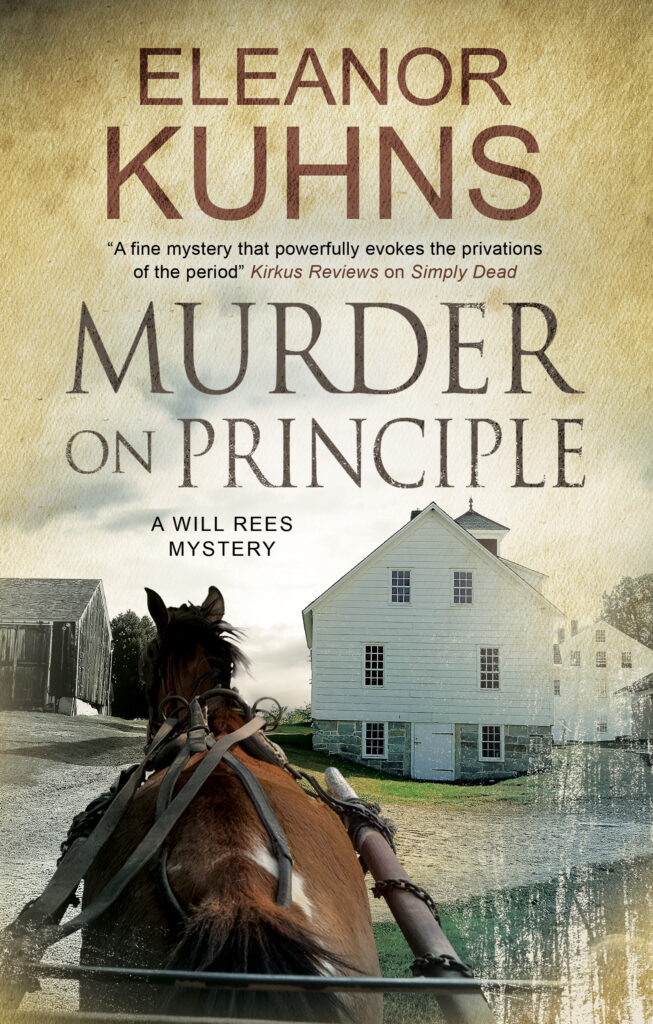The pub date for Murder on Principle is August 3rd, although I have heard that many people have already received the book.
I set up a giveaway on Goodreads so join in and win a free copy.

The reviews so far have all been very good to great!

The pub date for Murder on Principle is August 3rd, although I have heard that many people have already received the book.
I set up a giveaway on Goodreads so join in and win a free copy.

The reviews so far have all been very good to great!
I associated the Fugitive Slave Law with the Civil War. The truth is, however, the first iteration of the law was signed into effect in 1793, long before I would have guessed. It is important to remember that many of the founding fathers, including George Washington, were slave owners.
In Death in the Great Dismal,

when Rees and Lydia rescue their friends Tobias and Ruth, they were breaking the law. Although both Tobias and Ruth had both been born free in Maine, they were abducted and sold into slavery. (The slave takers frequently took any person of color, born free or not, for sale in the South. Occasionally, white children were stolen as well.)
Not only were escaped people subject to recapture, anyone who obstructed the slave takers were considered in violation of the law. Moreover, any child born to an enslaved mother was also considered to be enslaved. The prevailing custom was one drop of black blood meant that person was considered black, no matter how light-skinned. Rees and Lydia, therefore, could have been in serious trouble if they had been caught.
The full text of the Act is available from the Library of Congress (and online) in the Annals of Congress of the 2ndCongress, 2nd Session, during which the proceedings and debates took place from November 5, 1792 to March 2, 1793.
The appropriate sections are 3 and 4.
By the end of the American Revolution all of the Northern states had abolished slavery or made provision to do so. (The United States abolished the slave trade in 1808.) However, fugitives could and were returned to the Southern states per the Fugitive Slave Act by men whose profession, if you will, was capturing escapees.
This law was further strengthened in 1850 at the request of the slave states. One of the elements most annoying to Northerners was the three-fifths rule that counted every five slaves as three people and therefore gave the slave states much more representation in Congress. Although there were abolitionists prior to 1850, the revised law caused a tremendous increase in people who identified as anti-slavery.
The term Underground Railroad did not come into common use until the construction of actual railroads became widespread. An abolitionist newspaper published a cartoon in 1844 that pictured a rail car packed with fugitives heading for Canada. Use of ‘conductor’ and other railroad terms came into broader use after the 1850 law.